The Château de Chenonceau is a French château spanning the River Cher, near the small village of Chenonceaux in the Indre-et-Loire département of the Loire Valley in France.
It is often described as “the ladies chateau” or “Château des Dames” as throughout its history it is they who have most influenced its design and its destiny…
In 1515 Thomas Bohier, revenue collector for King Francis I, began the construction of the Château de Chenonceaux.Unfinished at the time of his death, construction of the château was completed by Bohier’s wife and son.
In 1535, however, Francis I took the estate in payment of debts.
Henri II gave it to his mistress Diane de Poitiers it was she who added the bridge over the Cher as well as the gardens.The bridge over the river was built to designs by the French Renaissance architect Philibert de l’Orme.
When Henri died, the Queen, Catherine de’ Medici, forced Diane out of Chenonceau (to Chateau de Chaumont), even though by then she was its legitimate owner. Catherine proceeded to build the gallery and grand ballroom on Diane’s bridge (designs by Jean Bullant) which finally gave Chenonceau its now iconic look.
The interior of Chenonceau is full of history and a remarkable collection of art.
Chenonceau castle is reasonably well furnished with Renaissance furniture, a good collection of 16th and 17th century tapestries and a great number of masterpieces.Le Primatice, Rubens, Le Tintoret, Rigaud, Nattier are among the most famous names that can be found there.
The entrance hall is covered with a series of rib vaults whose keystones, detached from each other, form a broken line.The baskets are decorated with foliage, roses, cherubs, chimera and cornucopia.Made in 1515, it is one of the most beautiful examples of decorative sculpting from the French Renaissance period.
The Guards’ Room was used by the armed men responsible for royal protection.
The small chapel is a delight the original windows here were destroyed by a bombing in 1944; the replacement stained glass were made by a master glass-worker 1954.The Chapel was saved during the French Revolution thanks to the idea of the owner at that time, Madame Dupin, of turning it into a wood store.
Diane de Poitier’s bedroom with its magnificent 4-poster bed was restored by Madame Pelouze.The fireplace is engraved with the initials of Henri II and Catherine de Medicis, H and C, which, when intertwined can form the D of Diane de Poitiers, Henri II’s favourite – and incidentally the mistress of his father, François I.
François I’s Drawing Room remind us of King François I who was twice a guest at the castle.
Louis XIV Living Room evokes the memory of Louis XIV and the visit he made to Chenonceau on July 14th 1650.
Green Study was the study of Catherine de Medici.
The Gallery is 60 meters (197 feet) long, 6 meters (19.7 feet) wide, lit by 18 windows, with its sandly chalk tiled and slate floor and exposed joist ceiling, it is a magnificent ballroom.
The staircase is outstanding as it is one of the first straight – or ramp on ramp – staircases built in France on the Italian model.
Five Queens’ Bedroom is thus named in memory of Catherine de Medici’s two daughters and three daughters-in-law : Queen Margot, Elisabeth of France, Marie Stuart, Elisabeth of Austria and Louise de Lorraine.
Catherine de Médici’s Bedroom was the bedroom of Catherine de Médici, wife of King Henry II.
Cesar of Vendôme’s Bedroom reminds us of Cesar of Vendôme, son of King Henry IV and Gabrielle d’Estrées, who became owner of Chenonceau in 1624.
Gabrielle d’Estrée’s Bedroom evokes the memory of Gabrielle d’Estrées, King IV’s favourite, and mother of his legitimate son César of Vendôme.
Second Floor Hall has kept intact the restoration work carried out during the 19th century by the architect Roguet, one of Viollet le Duc’s disciples.
Louise de Lorraine’s Bedroom – Following the assassination of her husband King Henry III, Louise of Lorraine retired to Chenonceau in meditation and prayer. Her bedroom has been reconstructed around the original ceiling.
The Chateau de Chenonceau gardens are made up of a number of individual gardens, the main two being those of Catherine de Medicis and Diane de Poitiers.
There is also a maize, a green garden and a vegetable garden.
After golden age of the Château de Chenonceau castle went through several more owners, most notably Claude Dupin (bought it in 1733) and Henri Menier (1913).
During the First World War, Chenonceau castle was used as a hospital.
During majority of WW2 castle layed dormant after terrible flood destroyed gardens and surroundings of castle.
In 1951, the Menier family entrusted the château’s restoration to Bernard Voisin, who brought the dilapidated structure and the gardens back to a reflection of its former glory.
Today, Château de Chenonceau is the second most visited castle in France with 1.3 annual visitors. It is surpassed only by the Palace of Versailles.
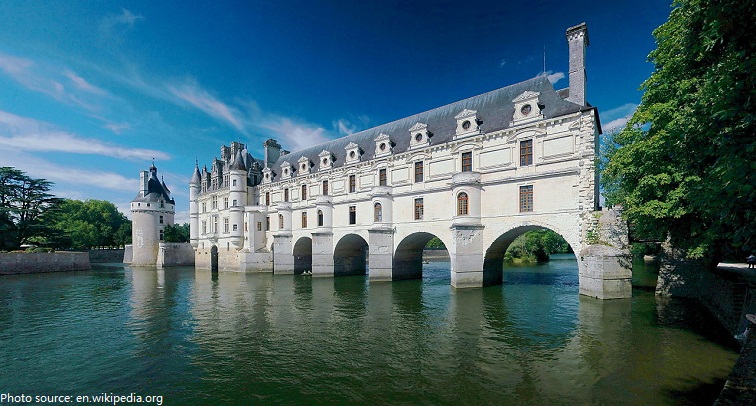
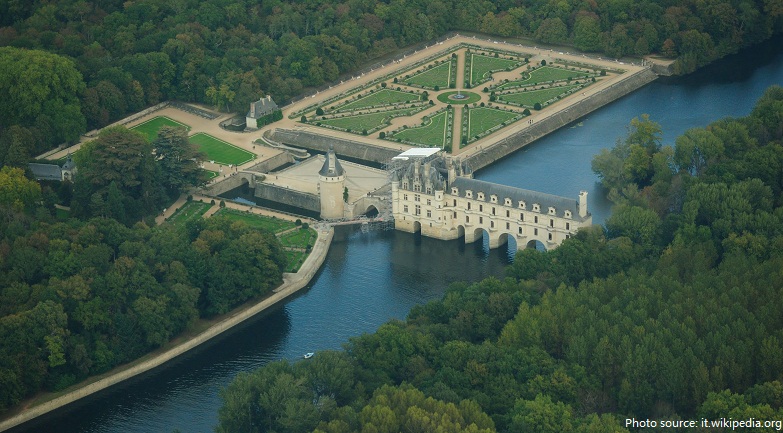
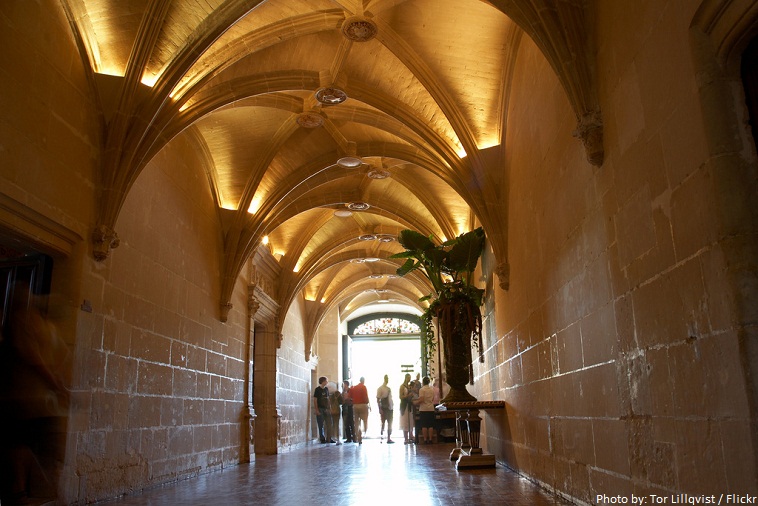
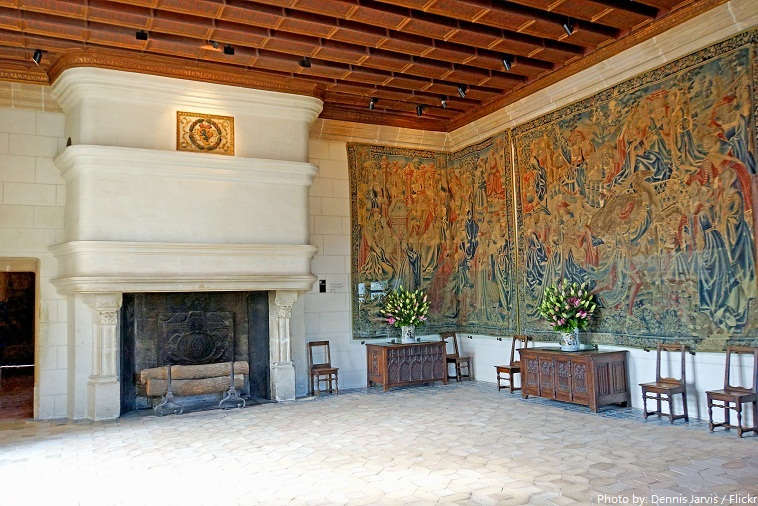

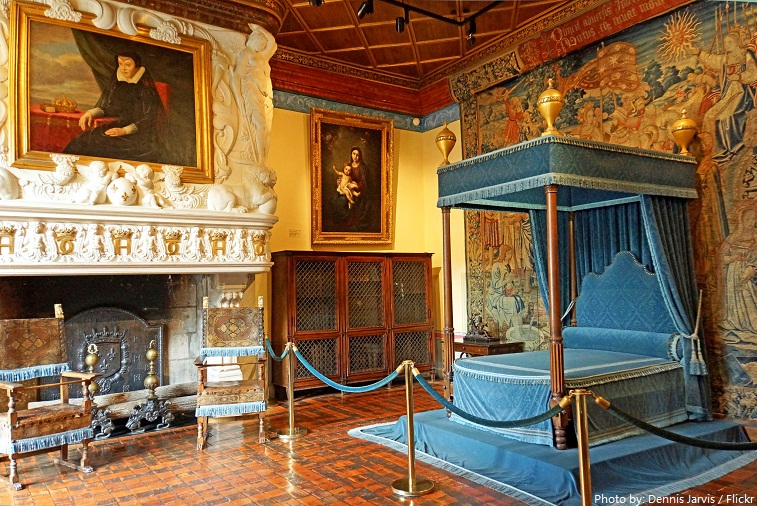
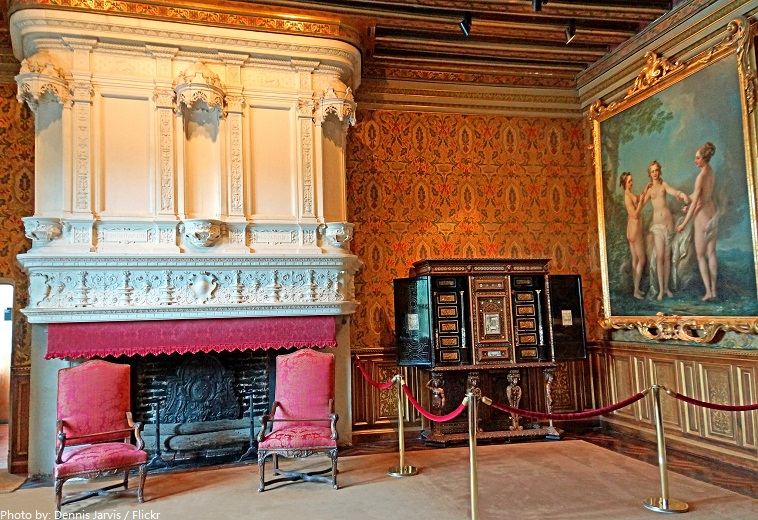
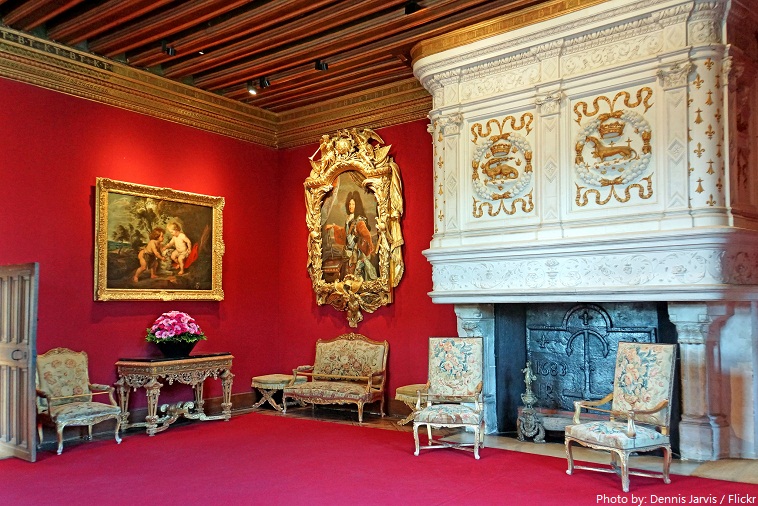
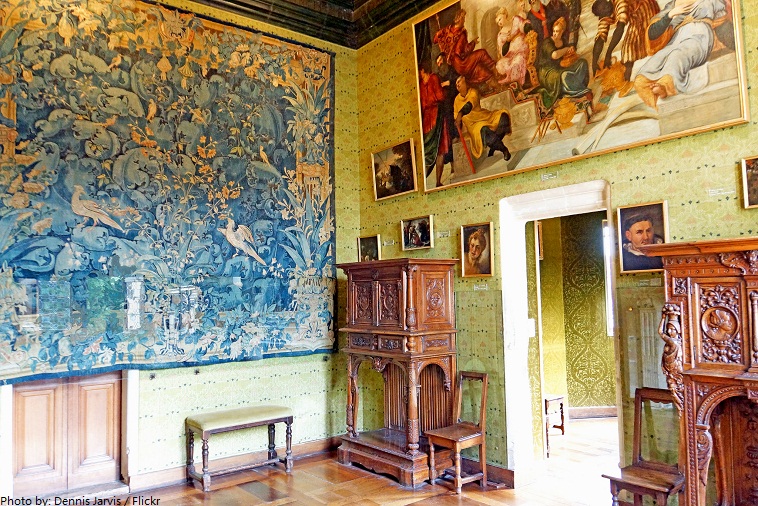


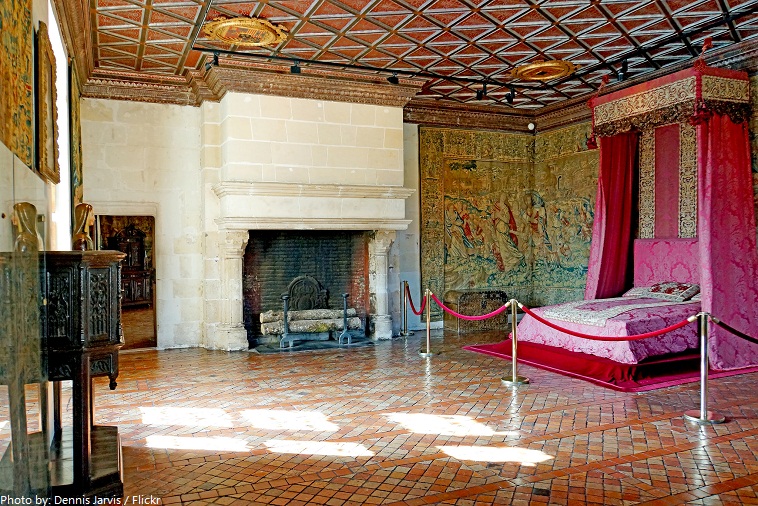
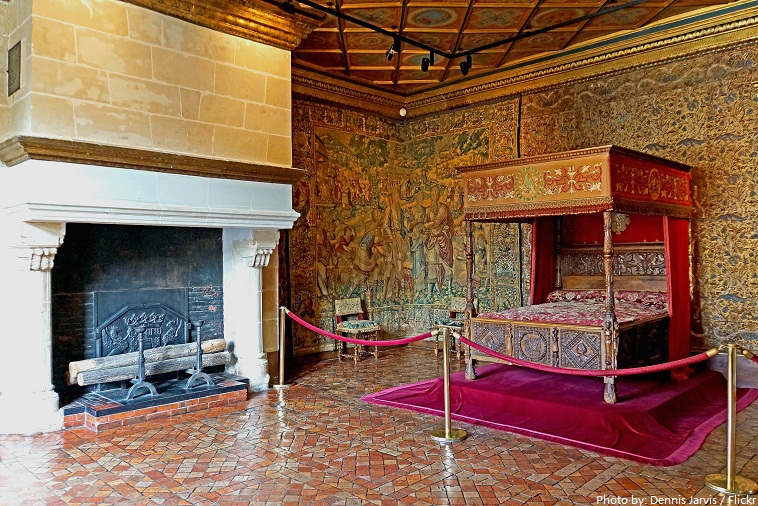
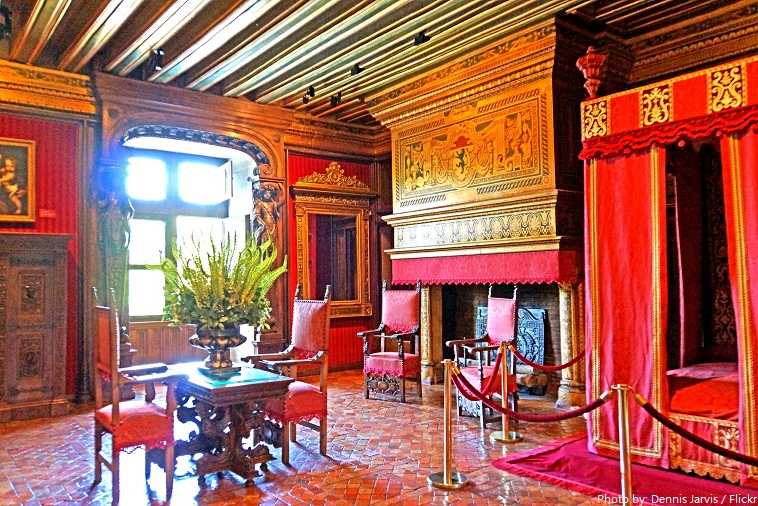

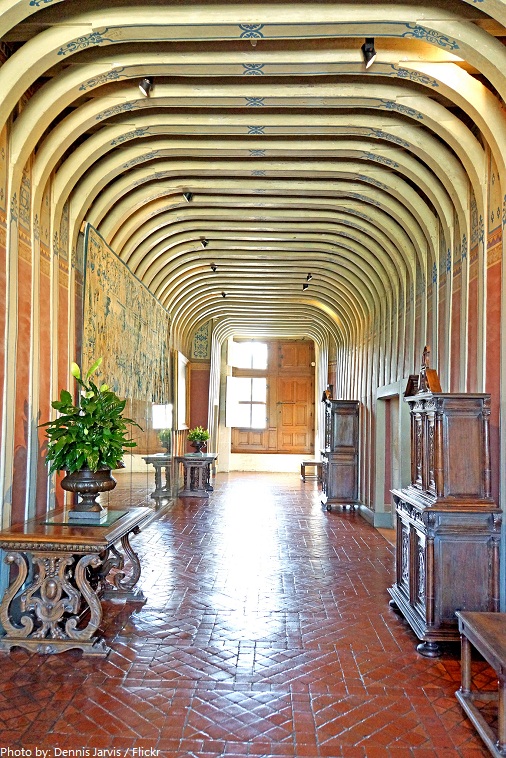
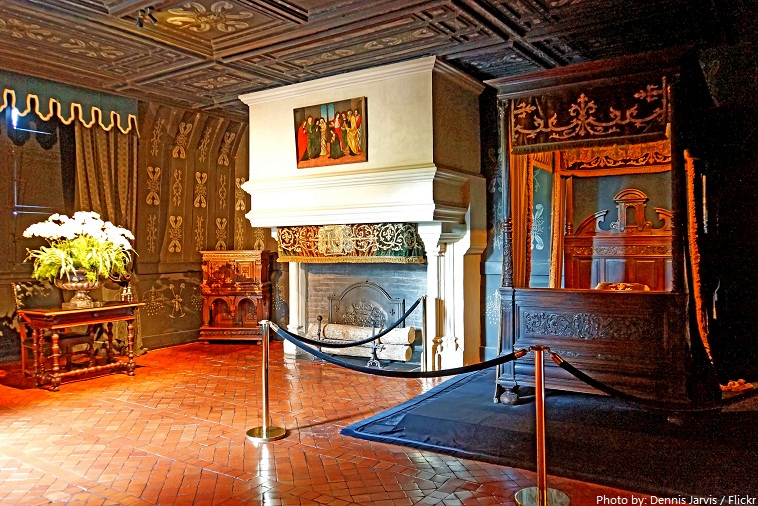
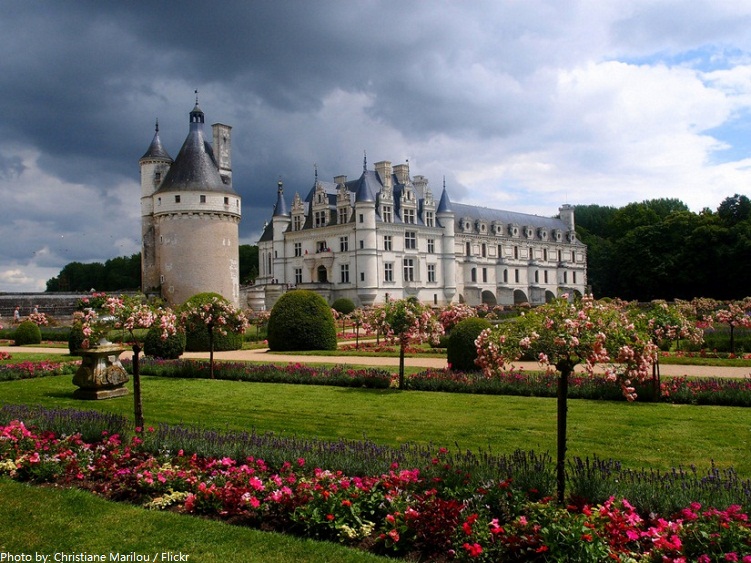
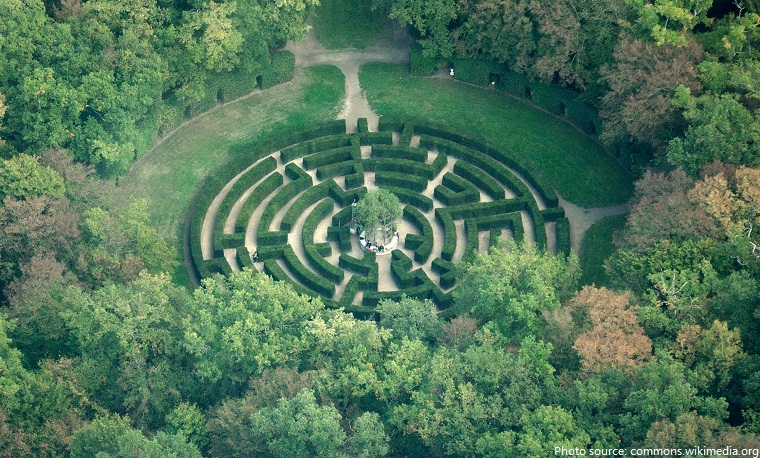
Comments are closed.